Saving your money for next purchases
What are Millets?
Millets are one of the oldest foods known to humans. They are drought resistant crops grown in dry land, and are known to be cultivated 10 thousand years ago in Asia. Millets are a group of highly variable small-seeded grasses, widely grown around the world as cereal crops or grains. Millets are also unique due to their short growing season. They can develop from planted seeds to mature, ready to harvest plants in as little as 65 days.
Benefits of Millets:
In comparison with the grains like rice, wheat and jowar, the millet grains are nutritionally superior to many cereals, and have medicinal value because of their high fibre content, higher amount of protein, including all the essential amino acids, good cholesterol, and the same amount of calcium and iron. Because of its inherent low glycaemic value, these grains are ideal for combating obesity, diabetes, cancer and cardio vascular disorders.
The fibre in millets is in two forms – soluble and insoluble fractions. The soluble fibre fraction delays gastric emptying and helps in slow digestion and slower release of glucose. Thus, the blood glucose levels rise slowly. The insoluble fraction is an inert component metabolically, absorbs water and helps bowel movement, preventing constipation.
Millets with high dietary fibre take longer to chew and thus our eating time increases. Since the brain registers that it is full only after 20 minutes, the increased eating time gives the body a chance to know that the stomach is full, and reduces our chances of overeating. As the fibre nutrient moves in the intestine, it picks up wastes, and adds bulk to the stool ingredient and it makes going to the toilet a pleasurable experience too.
Nutritional value of millets:
Millet has high content of nutrients, including impressive starch levels, very high B-vitamin content, as well as calcium, iron, potassium, zinc, magnesium, not to mention of its being a healthy source of essential fats in the body. Furthermore, there are significant levels of protein and dietary fibre in millet as well, which contribute to further health benefits of this important grain!
Finally what is “Siri Dhanya”?
Grains are classified as Positive, Neutral and Negative. And the Millet range of grains constitute as Positive and Neutral grains. Among the Positive Millet Grains, which have dietary fibre from 8 % to 12.5 % are Foxtail (Navane), Barnyard (Oodalu), Araka (Kodo), Little (Samai) and Brown Top (Korale). Whereas Pearl (Sajje), Finger (Ragi), Proso (Baragu), Great Millet (White Jowar) and Corn classified as neutral grains, having a little lesser fibre and other nutrients. The millet foods are considered as miracle grains, that’s why we call them “Siri Dhanya” millets.
| Weight | 1 KG, 500 Grams |
|---|
Only logged in customers who have purchased this product may leave a review.
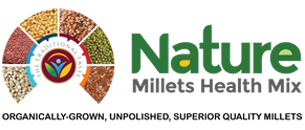
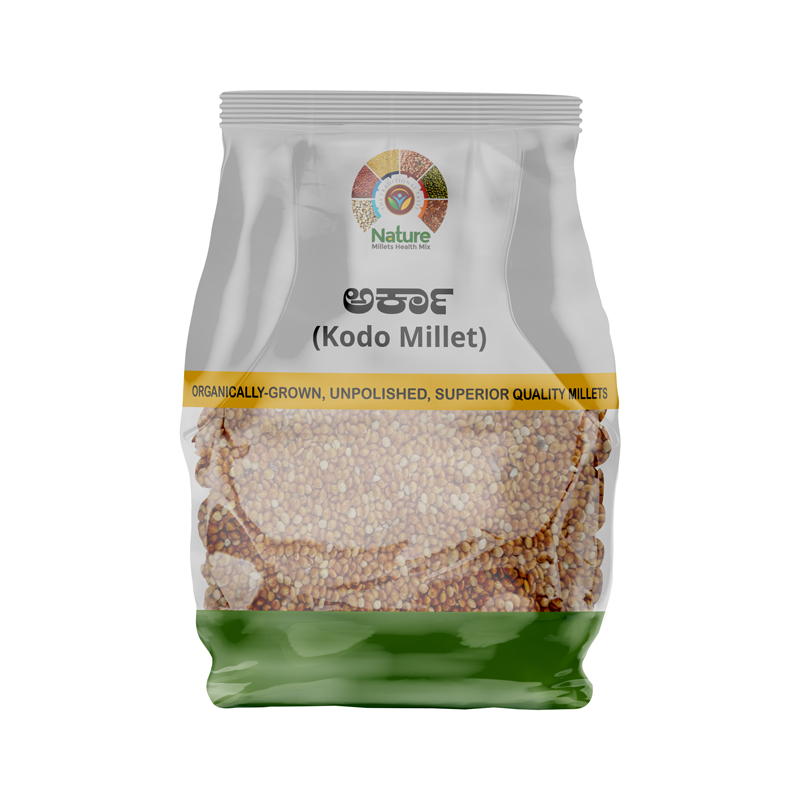



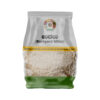
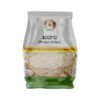
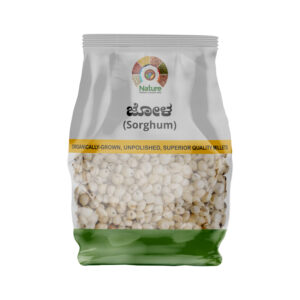
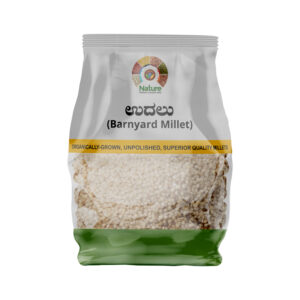
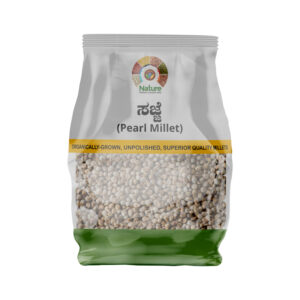
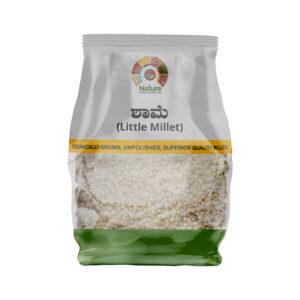
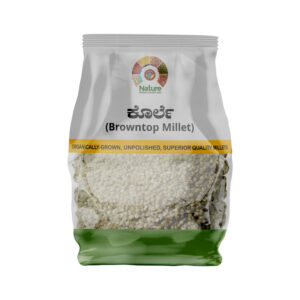

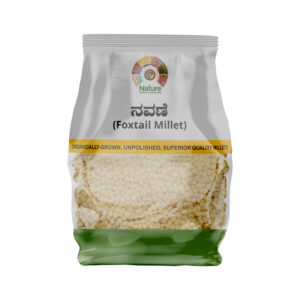
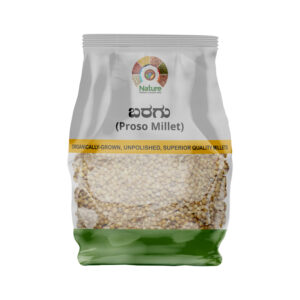
Reviews
There are no reviews yet.